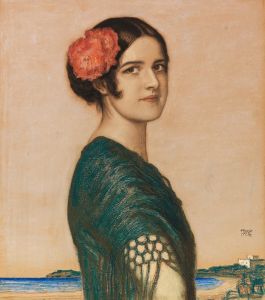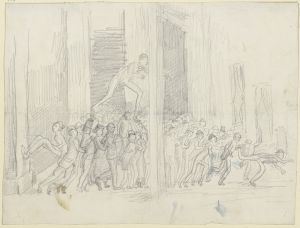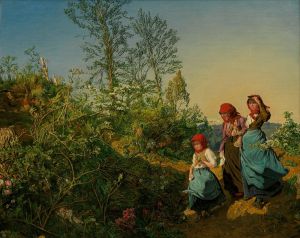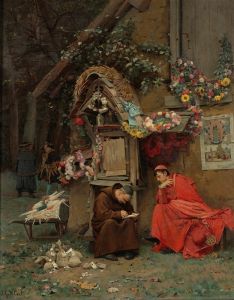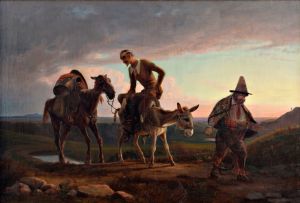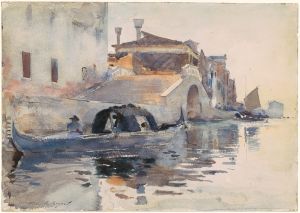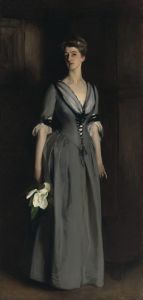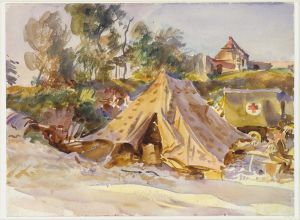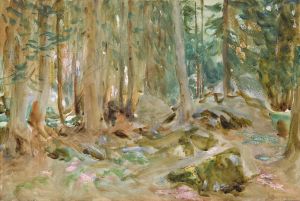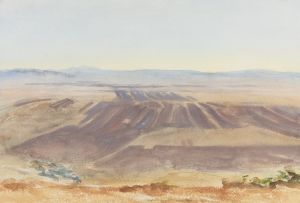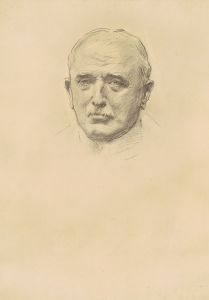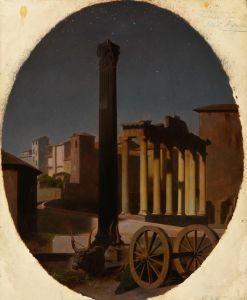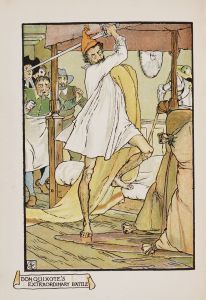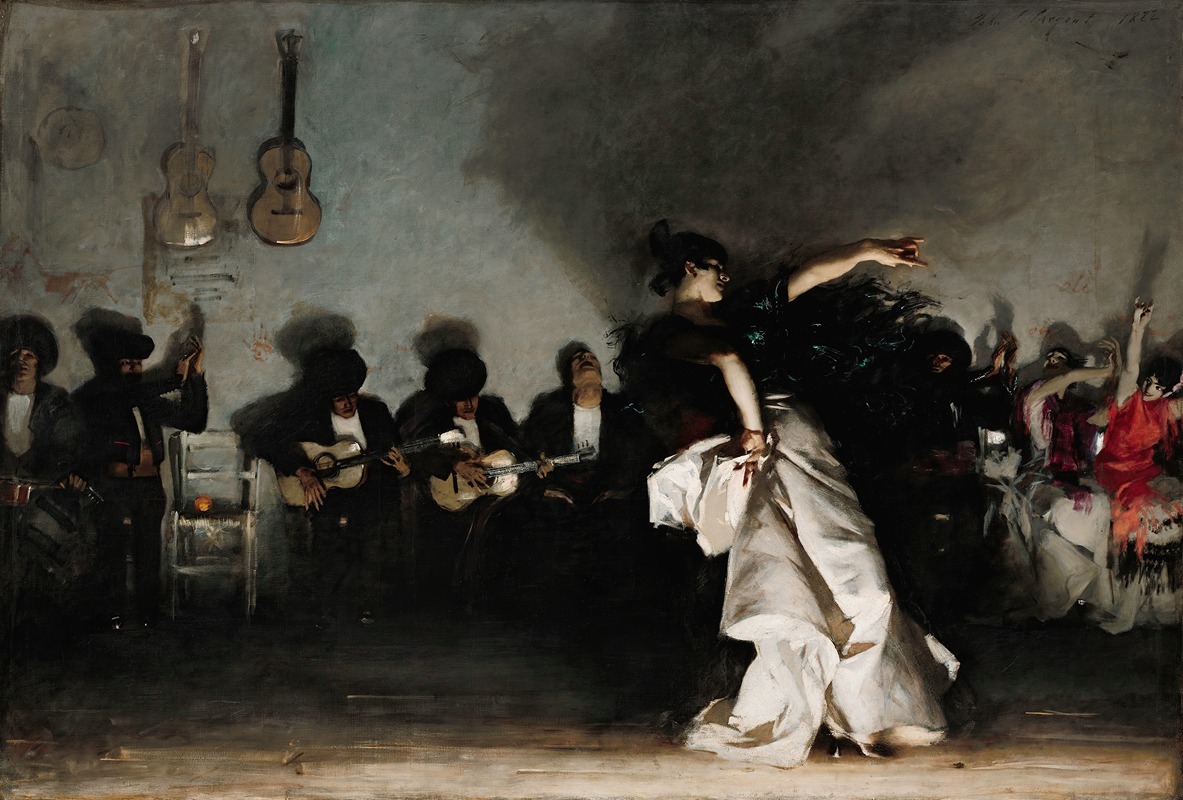
El Jaleo
A hand-painted replica of John Singer Sargent’s masterpiece El Jaleo, meticulously crafted by professional artists to capture the true essence of the original. Each piece is created with museum-quality canvas and rare mineral pigments, carefully painted by experienced artists with delicate brushstrokes and rich, layered colors to perfectly recreate the texture of the original artwork. Unlike machine-printed reproductions, this hand-painted version brings the painting to life, infused with the artist’s emotions and skill in every stroke. Whether for personal collection or home decoration, it instantly elevates the artistic atmosphere of any space.
"El Jaleo" is a renowned painting by the American artist John Singer Sargent, completed in 1882. This large-scale work is celebrated for its dynamic depiction of a Spanish gypsy dancer performing with musicians. The painting is housed in the Isabella Stewart Gardner Museum in Boston, Massachusetts, where it has been a centerpiece since its acquisition by the museum's founder, Isabella Stewart Gardner.
John Singer Sargent, born in 1856, was an American expatriate artist known for his portraits and genre scenes. By the time he painted "El Jaleo," Sargent had already established himself as a talented and innovative artist. His travels across Europe exposed him to various cultures and artistic influences, which are evident in his diverse body of work. "El Jaleo" was inspired by Sargent's travels in Spain, where he became fascinated by the country's music, dance, and vibrant cultural life.
The painting measures approximately 237.5 cm by 352.6 cm (about 93.5 inches by 138.75 inches), making it an imposing presence. "El Jaleo" captures a moment of intense energy and movement, with the dancer positioned slightly off-center, her body caught in mid-motion. The dancer's white dress contrasts sharply with the dark, shadowy background, drawing the viewer's eye to her dynamic pose. Her expression and posture convey a sense of passion and concentration, embodying the spirit of the dance.
Sargent's use of light and shadow in "El Jaleo" is particularly noteworthy. The painting is illuminated by a strong light source from the left, casting dramatic shadows and highlighting the dancer's figure. This chiaroscuro effect enhances the sense of depth and movement, creating a vivid and immersive scene. The musicians, seated in the background, are partially obscured by shadows, adding to the painting's mysterious and atmospheric quality.
The title "El Jaleo" refers to the lively and spirited nature of the dance depicted in the painting. The term "jaleo" in Spanish can mean a commotion or uproar, often associated with the enthusiastic clapping and shouting that accompany flamenco performances. Sargent's painting captures this essence, conveying the excitement and intensity of the performance.
"El Jaleo" was well-received upon its completion and contributed to Sargent's growing reputation as a master of capturing movement and emotion. The painting's success also reflected the broader 19th-century European fascination with Spanish culture, which was often romanticized and idealized in art and literature.
Today, "El Jaleo" remains one of Sargent's most celebrated works, admired for its technical skill and evocative portrayal of a cultural moment. It continues to draw visitors to the Isabella Stewart Gardner Museum, where it is displayed in a specially designed alcove that enhances its dramatic impact. The painting is a testament to Sargent's ability to blend realism with a sense of theatricality, creating a work that resonates with viewers more than a century after its creation.





